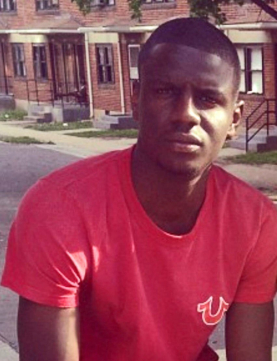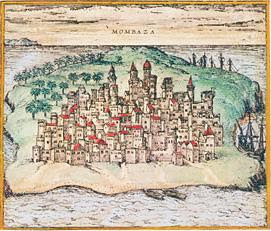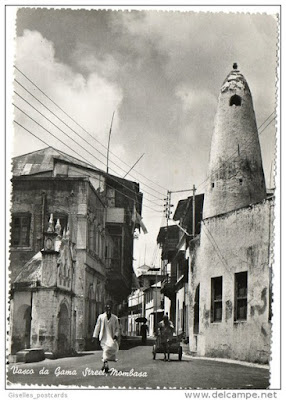Annamaria contacted me about posting a Facebook piece from a friend of mine and of so many crime writers everywhere.
Ali Karim is legendary in our circles as someone who has an immense knowledge of mysteries, an immense stamina for enjoying himself, and an amazing ability, it seems, to go for weeks on end without sleep, while at the same time holding down a high-powered job as a businessman and scientist.
| Ali Karim: reader and reviewer |
| Ali and his mathematician daughter Sophia |
| Ali with Lee Child |
| Ali in party mode |
After the vote was in, and the UK was out, just what he predicted started to happen. The louts came out in droves, threatening and abusing people who weren't white or English. Here are three examples, the first from the Financial Times, the second from The Guardian, and the third from the Express & Star.
What has happened has reminded Ali of his own youth, so he penned and posted what appears below - a plea to us all._________________________________________
Warning to all my Family, Friends and Colleagues:
We are witnessing an alarming rise in hate in the UK, including violence, against people who don't fit in with the Aryan Dream from White Racist Thugs - directed at people like me.The Black Shirts are Back, so can I please ask my Friends who are Aryan, and not Racist, to please speak up, and help anyone being verbally or physically abused, because they are not Aryan.
This nostalgia of my youth, I thought had been defeated, but it is back, and this time it is very dangerous, for we have unlocked the door that kept The Kraken imprisoned, for it feeds on Economic Turmoil, which is about to get very serious, and is part of the dark side of human nature.
I recall being a seven year old, holding my head and crouched in a ball as a gang of youths, cornered me in the school playground, kicking me, calling me many names "Wog, Nigger, Coon, get out of our Country", but as I was so badly winded, I thought I was dying, as I couldn't breath, trying desperately to reason with them, to say 'sorry I'm from Epsom' as I didn't understand why they wanted to hurt me.
This was not an isolated incident from my youth, far from it.
Please help us, as we have helped rebuild your country after the last War, please intervene if you see hate, and violence as it will spread as we haven't seen anything yet, I fear, as the economy destroyed will fuel the chaos that the Nazis and their Kraken need to emerge from the slime where they hide.
Thank you,
Ali Karim
_________________________________________
And we must do the same everywhere, particularly in the USA for the next four months.
Thank you, Ali, for reminding us of our duty as believers in a civil society.
























































